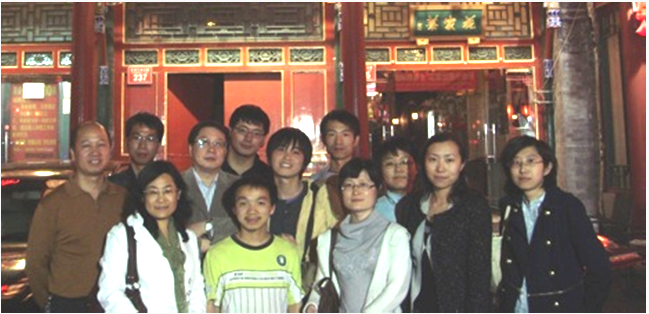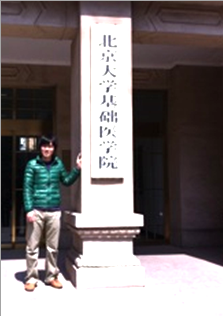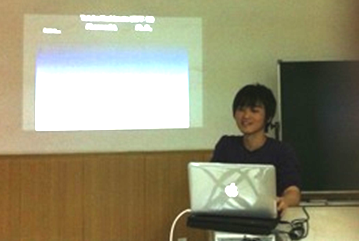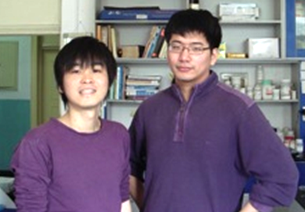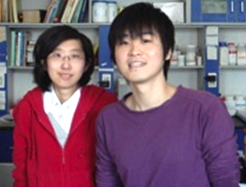Dr. Hashimoto stays in Peking University HSC, China
A3 Foresight Program: Education Program for Young Researchers
Report of visit to Peking University Health Science Center in China (April 8 - 16, 2011)
Yutaka Hashimoto (Department of Molecular Oncology, Graduate School of Medical and Dental Sciences, Tokyo Medical and Dental University)
Host researcher
Prof. Wei-Guo Zhu, Ph. D (Peking University Health Science Center)
Summary
For the young researchers of JSPS A3 Foresight Program, I visited Prof. Zhu’s laboratory at Peking University Health Science Center from April 8-16, 2011. I learned basic techniques of histone and protein modification analyses. The analyses are important to reveal the mechanism of gene expression. I think that these analyses will be a new way for me to stimulate my present and future research. Also, I was very happy to communicate with A3 colleagues in China and discuss about the future of epigenetics research. I believe that this experience would be a nourishment of my study life.
Contents
Experiments
1. Pull-down Assay of Biotin-labeled Histone Peptide
The pull-down assay is an in vitro method used to determine a physical interaction between two or more proteins. Pull-down assays are useful for both confirming the existence of a protein-protein interaction predicted by other research techniques and as an initial screening assay for identifying previously unknown protein-protein interactions. In this time, we focused on the Protein X and examined whether histone (H3K9 methylated) and Protein X were interacted or not.
> GST-fusion protein Expression and Purification (GST-M1, GST-M2, GST-M3).
> Incubation/pull-down of GST-fusion protein and histone peptide.
> Western blotting with anti-GST antibody.
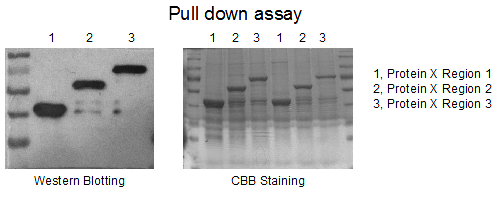
2. TP53 methylation analysis (IP-Western and direct Western analyses)
Set7/9 is a protein methyltransferase that has been reported to play a role in regulating cell cycle and DNA damage responses through the direct methylation of p53 at K372. However, it has been reported that Set7/9 also modulates p53 activity independent of its methylation function. Thus we confirmed these two important functions of set7/9 by IP-Western and direct Western analyses.
I. IP-Western analysis
> Transfection (cells were transfected with Set9 and GFP-p53 expression plasmids). Dr. Wang and Dr. Wei prepared them.
> Collecting cells and extracting proteins.
> Immunoprecipitation with anti-p53 antibody.
> Western blotting with anti-p53-pan-methylation antibody.
II. Direct Western analysis
> Transfection (cells were transfected with Set9 expression plasmids). Dr. Wang and Dr. Wei prepared them.
> Collecting cells and extracting proteins.
> Immunoprecipitation with anti-p53 antibody.
> Western analysis using specific anti-p53K372me antibody.
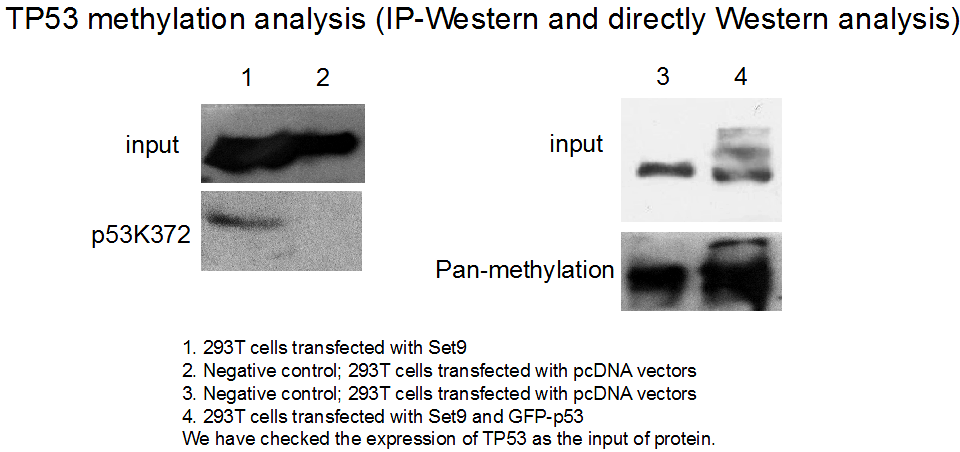
3. Histone Methyltransferase Assay
Histone methyltransferases play a critical role in regulation of gene transcription through histone methylation. Histone methylation, depending on the targeting sites, causes transcription repression or activation. Determination of histone methyltrasferase activity has become pivotal in studying epigenetic regulation of genes and inhibitor discovery. SUV39H1 is a member of the suppressor of variegation 3-9 homolog family and encodes a protein with a chromodomain and a C-terminal SET domain. This nuclear protein moves to the centromeres during mitosis and functions as a histone methyltransferase, methylating Lys-9 of histone H3. Overall, it plays a vital role in heterochromatin organization, chromosome segregation, and mitotic progression. In this time, we investigated histone methyltransferase activity of SUV39H1.
> In vitro reaction of histone H3.1 by SUV39H1.
> Western blotting with anti-H3K9me1 antibody.
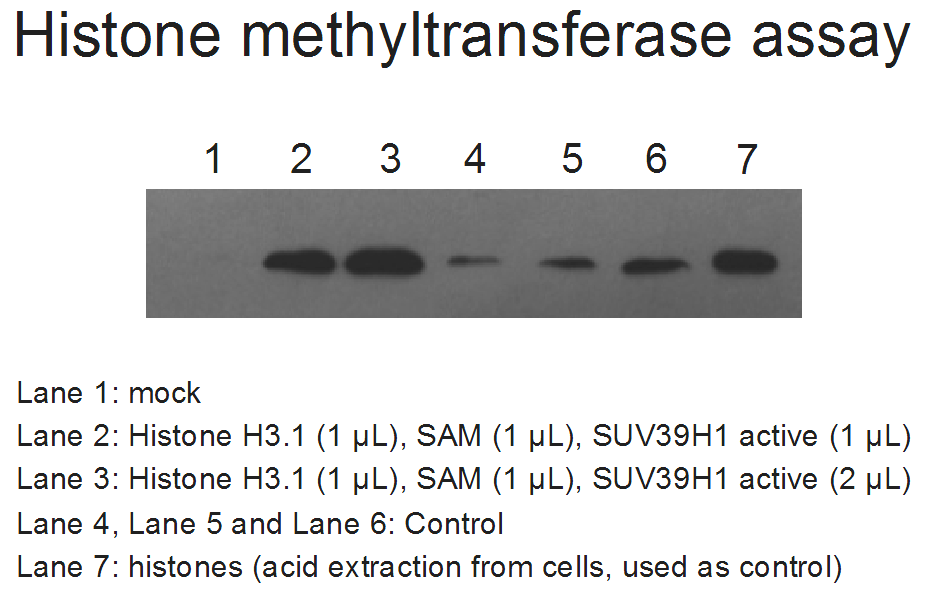
Communications
1. Attending to the Laboratory’s Meeting on Apr. 12
2. Giving a presentation of my current study in Lab. Meeting
3. Discussing experiments with Dr. Xi Wang and Dr. Fu-Zheng Wei
4. Receiving the protocols from Dr. Xi Wang
Acknowledgements
I sincerely appreciate Prof. Wei-Guo Zhu for the kind acceptance and for all the arrangements for my stay at Peking University. I really thank Dr. Fu-Zheng Wei and Dr. Xi Wang very much for instructing me all the experiments and for arrangements of my daily life. I thank Dr. Xi Wang for giving me great memories in China, and Prof. Dajun Deng, Dr. Zhaojun Liu (Peking Univ. Sch. of Oncology) and all laboratory members for their generous help and warm hospitality.
